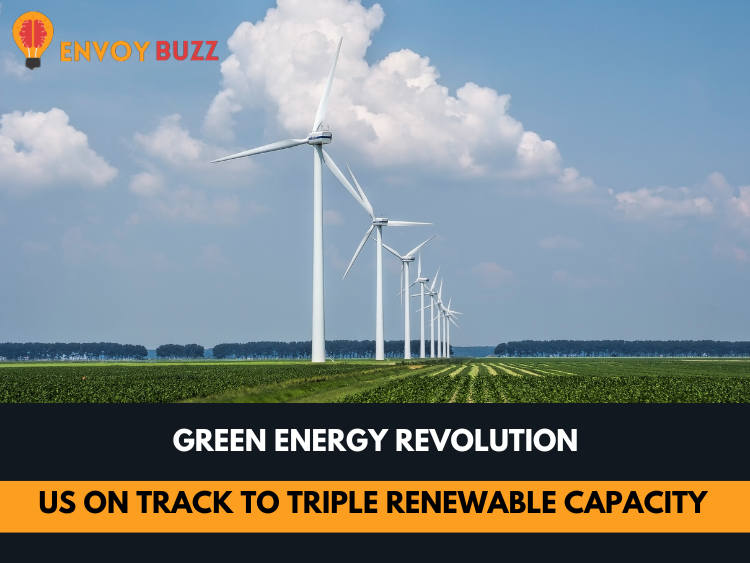In an era where sustainability and environmental consciousness are gaining momentum, the United States is poised to make a significant stride towards a greener future. Wood Mackenzie, a renowned research and consultancy firm, recently announced a game-changing revelation: the annual renewable energy capacity in the United States could triple in the next decade, reaching a staggering 110 gigawatts (GW). This remarkable growth is attributed to the Clean Energy Law, particularly President Joe Biden’s Inflation Reduction Act (IRA), which offers substantial green energy tax credits. These incentives are not only driving consumers to adopt electric vehicles but also empowering companies to produce renewable energy, effectively reducing the nation’s carbon emissions.
President Biden’s IRA is proving to be a catalyst for the renewable energy sector. This groundbreaking legislation allocates billions of dollars in tax credits, incentivizing both individuals and corporations to embrace clean energy solutions. The ripple effect of these incentives is profound, as it accelerates the transition towards a sustainable and eco-friendly energy landscape.
One of the most significant impacts of IRA is the surge in investment within the renewable energy sector. The competitive landscape created by these tax credits has prompted a rush for development sites across the country. This sudden surge in interest has not only revitalized the renewables business but also ushered in a renaissance in manufacturing.
Chris Seiple, Vice Chairman of Power and Renewables at Wood Mackenzie Said that “The IRA making the renewables business competitive, increased rush for development sites and resurgence in manufacturing was also supporting the industry”
Wood Mackenzie’s research suggests that the implementation of the IRA could lead to a substantial reduction in carbon emissions. By 2032, there is a potential for the United States to achieve a 60% carbon-free power sector. This transformation will play a pivotal role in combatting climate change and its adverse effects.
Despite the optimistic outlook, some challenges remain. Slower development and extreme weather conditions have occasionally strained electricity grids, posing a challenge to the sector. However, innovative technologies like direct line ratings hold the promise of expanding grid capacity, ensuring a more reliable energy supply.
While the benefits of IRA are immense, they come at a cost. Wood Mackenzie estimates that the tax credits under IRA will amount to $1.9 billion by 2025. However, when weighed against the broader environmental and economic benefits, this cost appears justifiable.
Last month, Wood Mackenzie underscored the importance of substantial investments in the wind power supply chain. To achieve the government’s target of increasing wind power’s annual capacity to 80 GW by 2030, an estimated $100 billion of secured investment in the supply chain is required by 2026. This investment is not only an economic opportunity but also a critical step towards a greener, more sustainable future.
The United States is making significant strides towards reducing its carbon footprint. The IRA is expected to lead to a substantial reduction in carbon dioxide emissions, with projections showing a 35% to 43% decrease by 2030 compared to 2005 levels. These figures, based on data from the Environmental Protection Agency, underscore the pivotal role of legislative initiatives like the IRA in achieving environmental goals.
For more blogs visit Envoybuzz.

